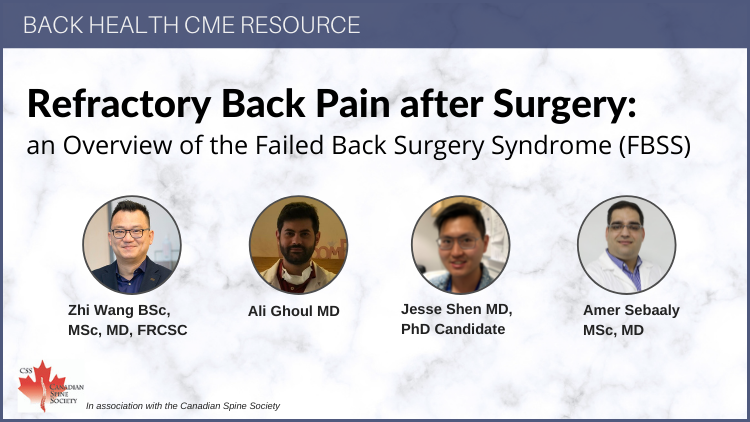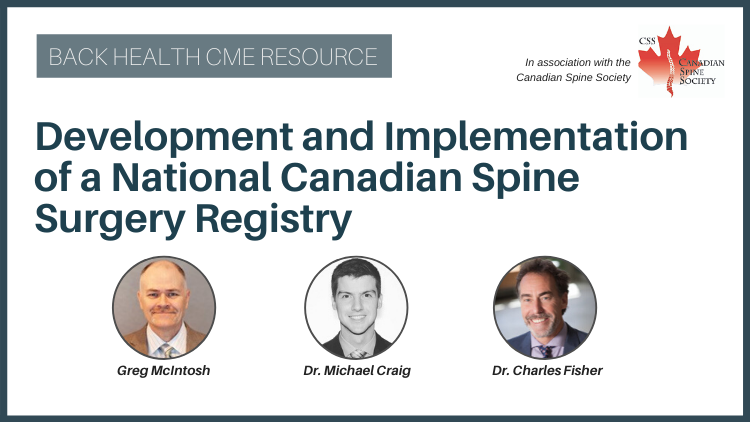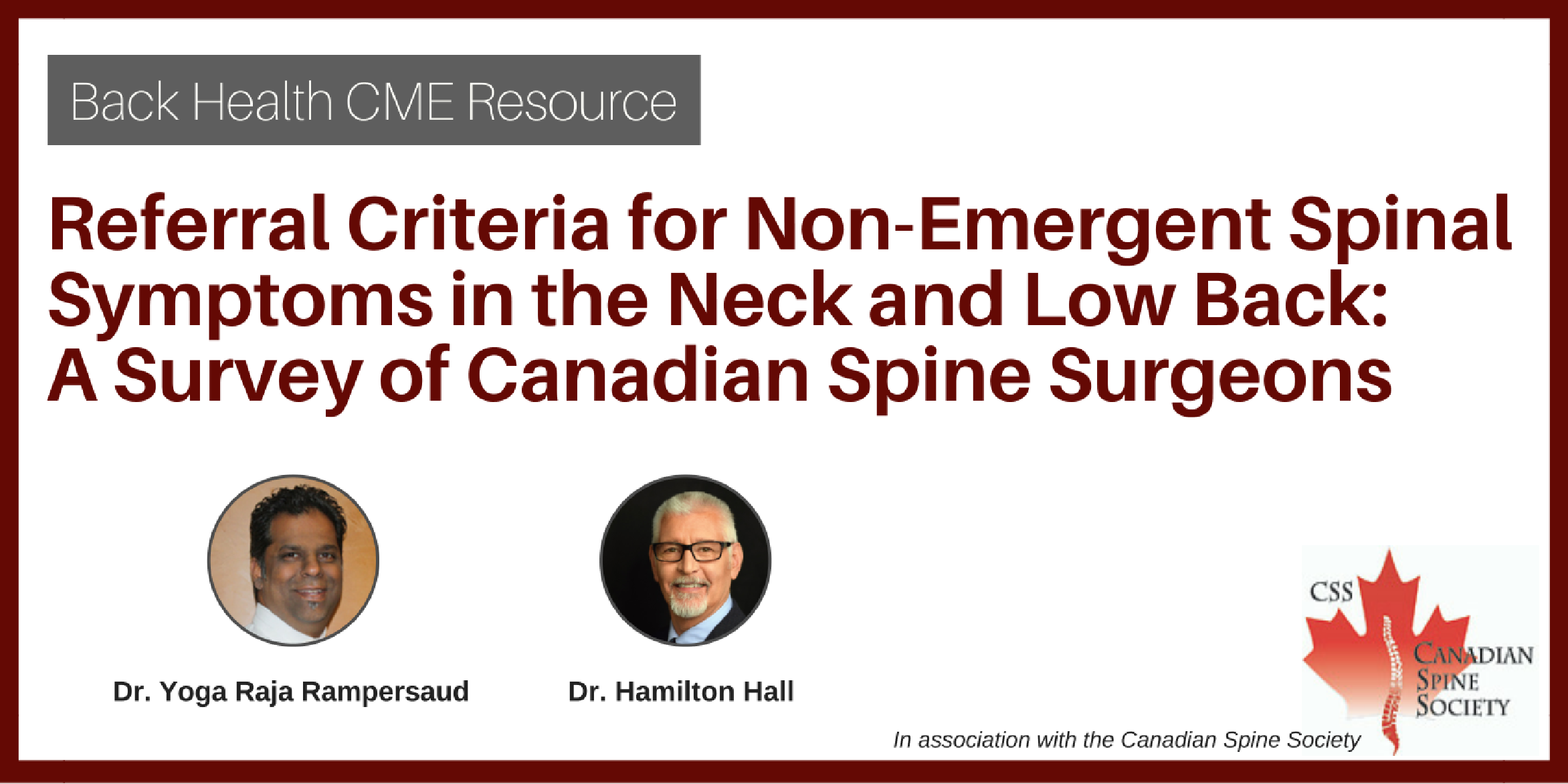1Division of Neurosurgery, Department of Surgery, The Ottawa Hospital, University of Ottawa, Ottawa, ON, Canada.
2Division of Orthopedic Surgery, Department of Surgery, The Ottawa Hospital, University of Ottawa, Ottawa, ON, Canada.
3Ottawa Combined Adult Spinal Surgery Program, The Ottawa Hospital, Ottawa, ON, Canada.
4Clinical Epidemiology Program, Ottawa Hospital Research Institute, Ottawa, ON, Canada.




